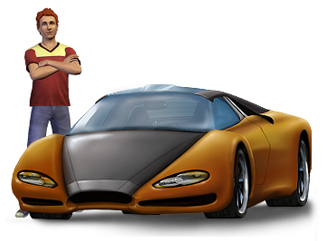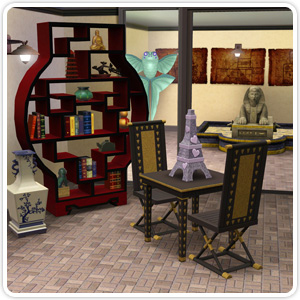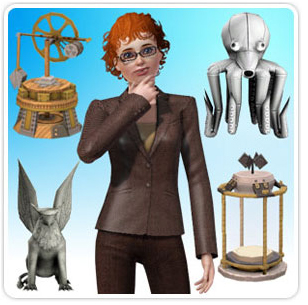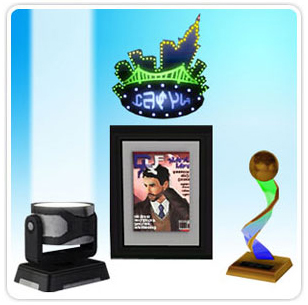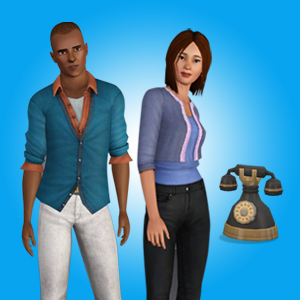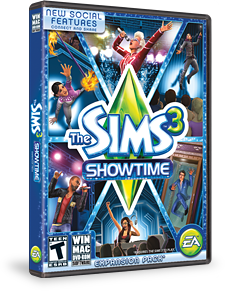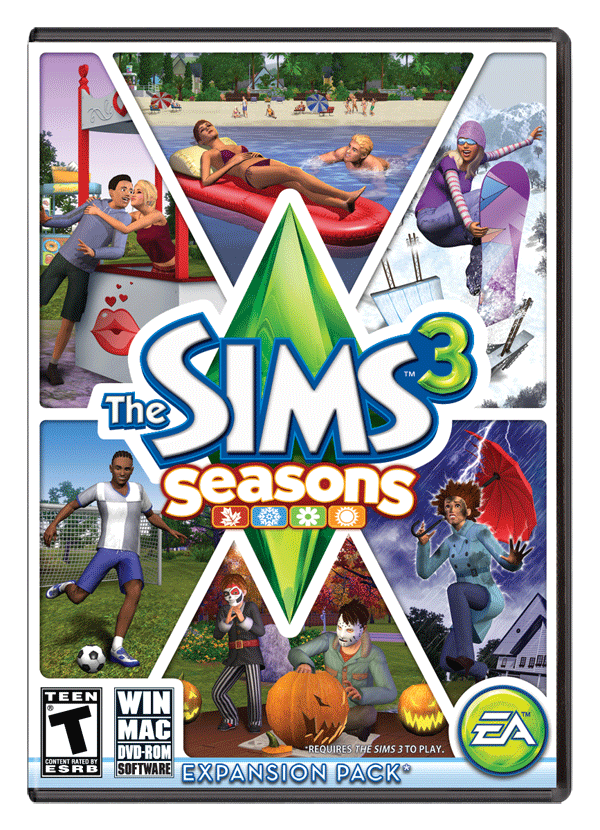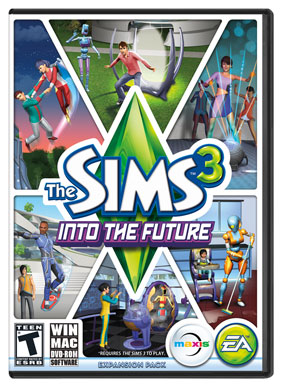
Good evening, everyone. Today I am gonna tell you the exciting thing about UI UC Design. We will discuss the Micro-Interactions in UI UX Design. First start with what it is, then why they are important, and last, how to master it. Let’s start without wasting time.
Did you notice, when you like someone's posts on Instagram, a heart pops or animates? That is called micro-interactions. And when you unlock your mobile phone through fingerprint, a vibration, you feel, that is called Micro-Intercations. Although they may seem small, they make digital experiences more enjoyable. It makes designs look good, as well as more intuitive.
What are Micro-Interactions in UI UX?
Micro-Interactions are subtle delight designs. It guides users, gives feedback, and also thrills during interactions with a product. They are like tiny moments, which help users to understand what is happening, without any explanations.
The examples you can see here,
Swipe to Refresh icons
Progress bars are filling up
Typing in chat apps
Any effect when you click any button
Hover effects on navigation menus
Animated toggle switches
These micro-interactions make digital experiences more engaging, as well as smoother. You can learn more about the UX Design Courses in Delhi.
Why are Micro-Interactions Important?
Don’t think they are just added for fun, or it may look good. It has a purpose, and here’s the reason why it matters.
Improve Usability- This works, as giving users feedback, for example, when someone fills a form, the feedback comes instantly, your action was successful.
Increase Engagement - Smooth animations always keep users connected and engaged with the products.
Build Emotional Connection-If animations are subtle, they make it more delightful.
Guide User Behavior- Users can take the right actions, then it highlights buttons, and shows visual cues.
Their work is to maintain both functionality and user satisfaction.
How to Master them?
Learning them means having design sense and technical skills. So, here’s how you can master them:
1. Understand User Psychology
Whenever you design, you must think about first, how users interact and how they think. If you take training in UX principles, you will get to know how to design micro-interactions purposely, not for decoration.
2. Learn UI Animation Tools
Now, the time to create animation tools, you have to do hands-on training, on tools like:
Adobe After Effects- It is for advanced motion graphics
Principle, and Invision- This is used for interaction design
Figma and Adobe XD it is used for testing animations and prototyping.
3. Master Motion Design Principles
Micro-Interactions depend on animations, as I already told you, it's a kind of animation. Concepts like timing, feedback are important. The Professional UI UX Design course always teaches students how to apply motion principles to enhance usability, and not just make it look aesthetic.
4. Work on Real-World Projects
See, Theory is important to understand things, but it is not enough. Hands-on projects are equally important. Otherwise, you won’t know how all these work in real life. That’s why working on real-world projects like making a website interface and a prototype. You can only know that micro-interactions will help.
5. Get Guidance from Experts
Last option to master micro-interactions, and know about in detail. You can join a professional training center, or learn it from the only source. Online Tutorials, many more. But if you join it from the Institute, they will give you timely feedback, assign you practical assessments. Also help in real-world projects.
Final Thoughts
We already discussed that micro-interactions may look small, but have a big impact in digital design. Now, you understand it enough to make a decision, whether you want to learn it or not. If yes, then you can join the professional training centre, where live training, faculty support, and placement support.









